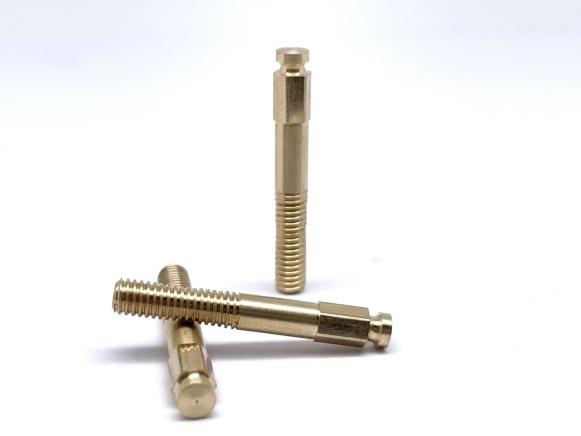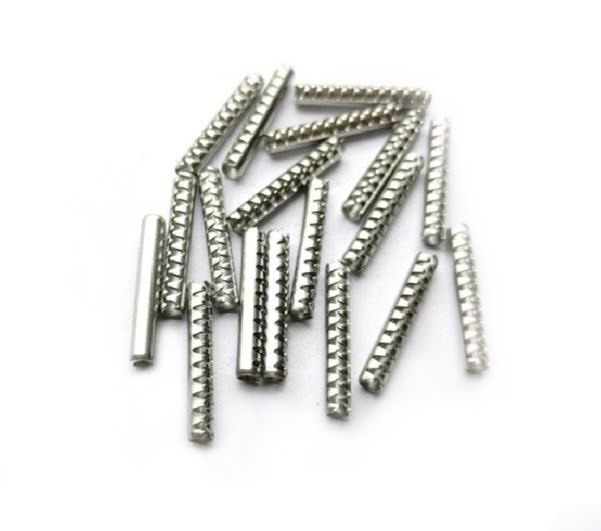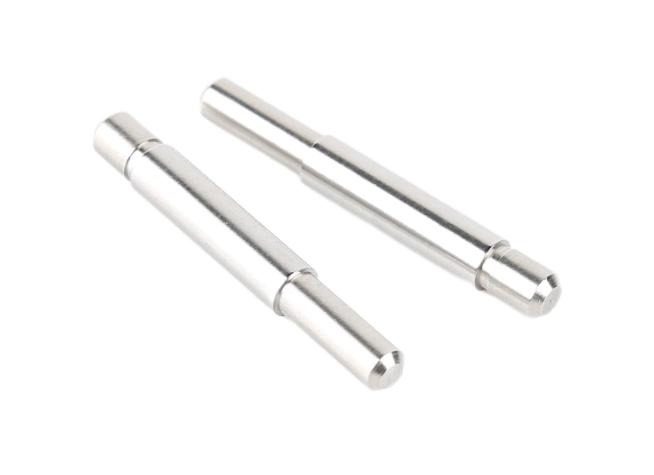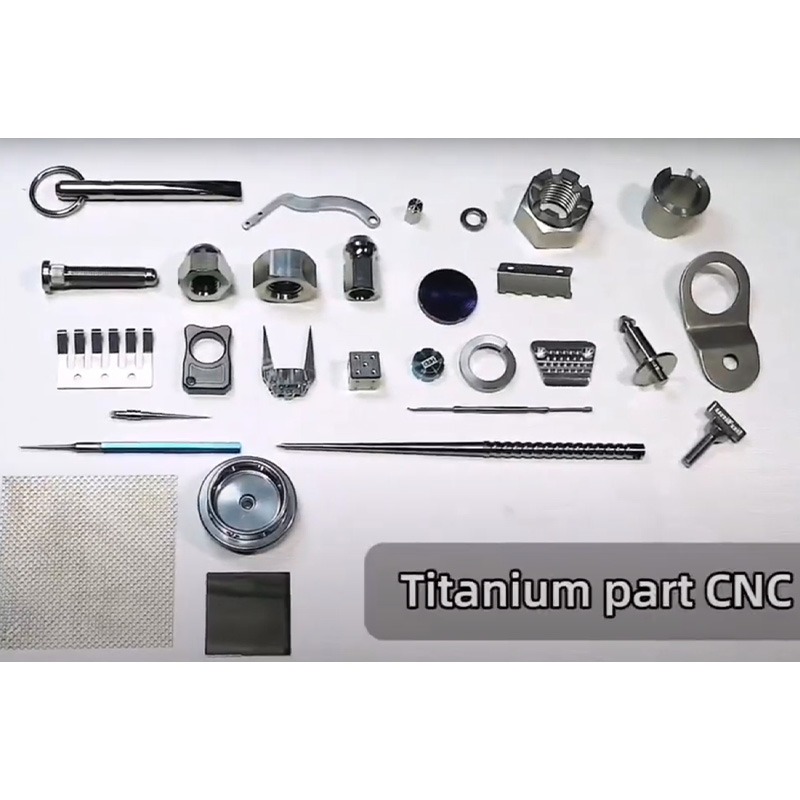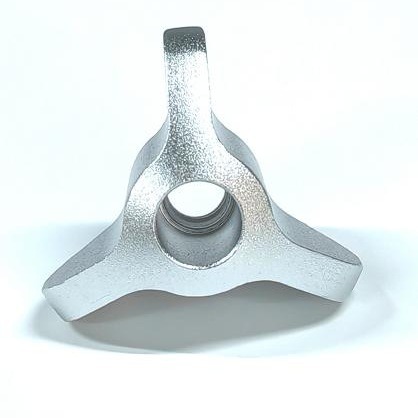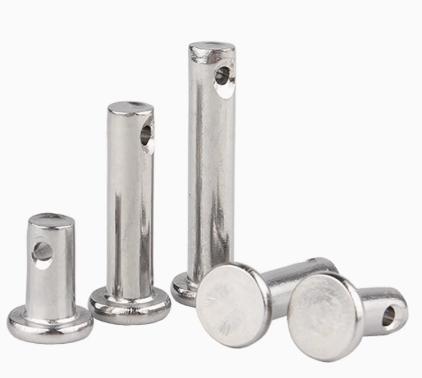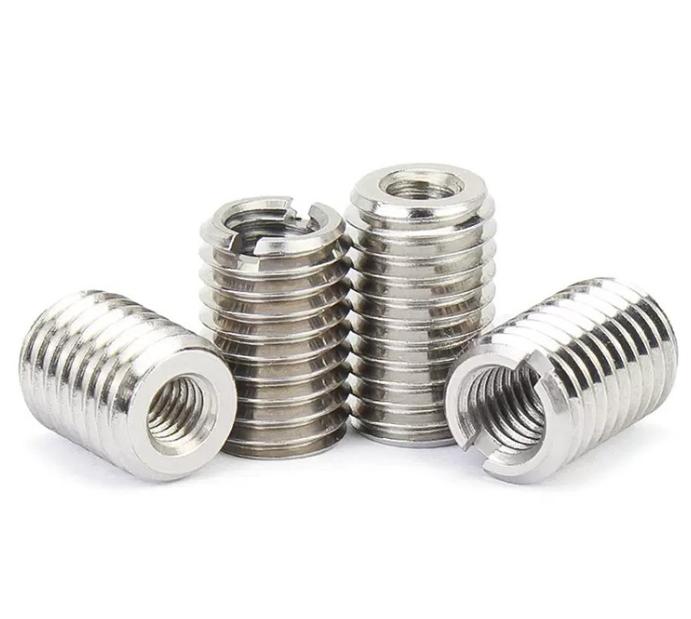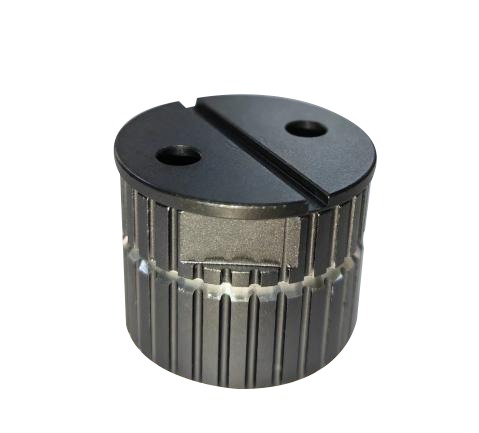How to Enhance Measurement in CNC Boring Process
The CNC boring process is adopted to enlarge holes that have already been drilled or cast. This process demands high accuracy to ensure the parts meet stringent quality standards. In-process measurement during CNC boring is vital for maintaining this precision, reducing rework, and improving overall efficiency. This guide explores various strategies and technologies to enhance in-process measurement in CNC boring processes.
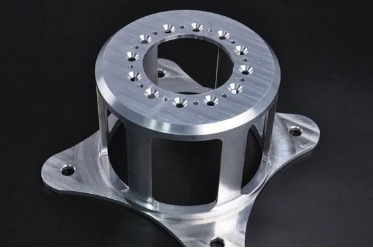
The Importance of In-Process Measurement in CNC Boring Processes
1. Ensuring Real-Time Feedback
One of the primary advantages of in-process measurement is the provision of real-time feedback. During CNC boring, any deviation from the desired specifications can be detected immediately. This allows operators to make quick adjustments to the machining parameters, such as feed rate, spindle speed, and cutting depth, ensuring that the workpiece remains within tolerance.
- Immediate Correction: Real-time feedback enables instant correction of errors, reducing the likelihood of producing defective parts.
- Consistent Quality: Maintaining consistent quality throughout the manufacturing process becomes easier with continuous monitoring and adjustments.
2. Reducing Material Waste
In-process measurement helps minimize material waste by ensuring that parts meet specifications on the first pass. By detecting and correcting errors during the CNC machining process, manufacturers can avoid the need for rework or scrapping of defective parts.
- Cost Savings: Reducing material waste translates to significant cost savings, especially when working with expensive materials.
- Environmental Impact: Less waste means a smaller environmental footprint, aligning with sustainability goals.
3. Enhancing Efficiency and Productivity
The ability to monitor and control the boring process in real-time enhances overall efficiency and productivity. In-process measurement systems can automate adjustments, reducing the need for manual intervention and minimizing downtime.
- Automated Adjustments: Advanced measurement systems can automatically adjust machining parameters, ensuring optimal cutting conditions without operator intervention.
- Reduced Downtime: Continuous monitoring helps identify potential issues before they lead to machine breakdowns, reducing downtime and maintaining production schedules.
4. Achieving Higher Precision and Tolerances
Precision and tight tolerances are essential in industries such as aerospace, automotive, and medical device manufacturing. In-process measurement ensures that each part meets the required specifications, even when dealing with complex geometries and challenging materials.
- Dimensional Accuracy: High-precision measurement systems can detect minute deviations, ensuring that parts are machined to exact dimensions.
- Surface Finish: Consistent monitoring and adjustments help achieve the desired surface finish, critical for components that require smooth surfaces for proper functioning.
5. Supporting Advanced Manufacturing Techniques
In-process measurement is integral to advanced manufacturing techniques such as adaptive control and predictive maintenance. By providing accurate data on the machining process, these measurement systems enable the implementation of sophisticated CNC toolpath control algorithms and maintenance strategies.
- Adaptive Control: Real-time data allows adaptive control systems to optimize machining parameters continuously, improving process stability and part quality.
- Predictive Maintenance: Monitoring tool wear and other critical parameters helps predict when maintenance is needed, preventing unexpected machine failures and extending tool life.
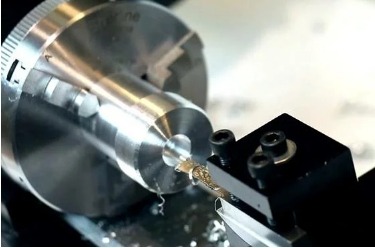
Strategies to Enhance In-Process Measurement in CNC Boring Processes
Accurate in-process measurement allows for real-time monitoring and adjustments, ensuring that parts meet stringent specifications and reducing the likelihood of defects.
1. Advanced Probing Systems
Touch Probes
- Function: Touch probes make physical contact with the workpiece to measure dimensions.
- Advantages: Highly accurate, suitable for various materials.
- Applications: Used for detailed measurements and calibrations where high precision is required.
Laser Probes
- Function: Laser probes use laser beams to measure dimensions without physical contact.
- Advantages: Faster measurement speeds, non-contact method prevents damage to delicate or deformable materials.
- Applications: Ideal for high-speed operations and materials that are sensitive to physical touch.
Optical Probes
- Function: Optical probes use light to measure surface contours and dimensions.
- Advantages: Highly accurate, capable of measuring complex geometries.
- Applications: Suitable for intricate parts and materials that may be affected by contact probing.
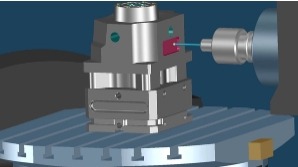
2. Adaptive Control Systems
Adaptive control systems use real-time feedback to adjust machining parameters automatically. These systems ensure optimal cutting conditions and consistent quality.
Feedback Integration
- Function: Integrates measurement data into the CNC machine’s control system.
- Advantages: Enables automatic adjustments to machining parameters based on real-time data.
- Applications: Used in high-precision applications where constant adjustments are necessary to maintain tolerances.
Automated Parameter Adjustments
- Function: Adjusts feed rate, spindle speed, and cutting depth automatically.
- Advantages: Maintains optimal machining conditions, improves surface finish and dimensional accuracy.
- Applications: Ideal for high-precision and high-speed machining processes.
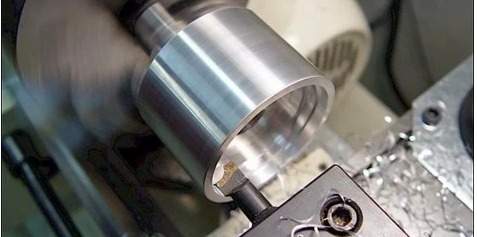
3. IoT and Smart Sensors Integration
The integration of the Internet of Things (IoT) and smart sensors can significantly enhance in-process measurement by providing comprehensive data analysis and predictive insights.
Smart Sensors
- Function: Sensors that monitor parameters such as vibration, temperature, and tool wear.
- Advantages: Continuous data collection, real-time monitoring, and predictive maintenance capabilities.
- Applications: Suitable for environments where constant monitoring and predictive analytics are required.
Data Analytics
- Function: Analyzes data collected by smart sensors to identify trends and potential issues.
- Advantages: Predictive maintenance, improved process optimization, reduced downtime.
- Applications: Used to enhance overall equipment effectiveness (OEE) and reduce unplanned maintenance.
4. Automated Tool Measurement and Compensation
Automated tool measurement systems ensure that tool wear is monitored and compensated for in real-time, maintaining cutting performance and precision.
Tool Wear Measurement
- Function: Measures the wear of cutting tools during machining.
- Advantages: Ensures tools are replaced or adjusted before they affect part quality.
- Applications: Essential for high-precision CNC machining where tool wear can significantly impact accuracy.
Automatic Compensation
- Function: Automatically adjusts machining parameters to compensate for tool wear.
- Advantages: Maintains consistent cutting conditions, prolongs tool life, and improves part quality.
- Applications: Used in operations where maintaining tight tolerances is critical.
5. High-Resolution Encoders
High-resolution encoders provide precise position feedback, which is crucial for maintaining accuracy in CNC boring processes.
Enhanced Position Feedback
- Function: Provides precise measurements of the tool and workpiece positions.
- Advantages: Improves dimensional accuracy and surface quality.
- Applications: Ideal for applications requiring extremely tight tolerances and high precision.
Upgrading Existing Systems
- Function: Upgrades older machines with high-resolution encoders.
- Advantages: Enhances the accuracy of existing equipment without the need for complete replacement.
- Applications: Cost-effective solution for improving the precision of legacy CNC machines.
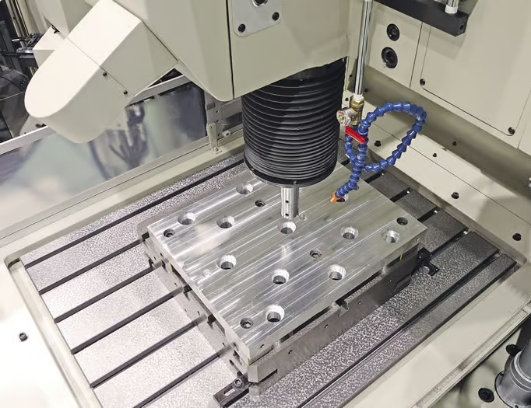
Implementation Considerations When Enhancing In-process Measurement in CNC Boring
This chart provides a concise overview of the key implementation considerations and associated actions necessary for enhancing in-process measurement in CNC boring processes.
| Consideration | Details | Actions |
| Compatibility with Existing Systems | Evaluate and ensure compatibility of new measurement technologies with existing CNC machines and software. | Assess machine compatibility.Integrate seamlessly.Upgrade machines if necessary. |
| Training and Skill Development | Provide training and support to operators for using new measurement systems effectively. | Conduct comprehensive training.Offer hands-on experience.Ensure ongoing technical support. |
| Cost-Benefit Analysis | Calculate the financial impact and ROI of implementing new systems. | Assess initial investment.Evaluate long-term savings. Determine ROI and payback time frame. |
| Maintenance and Calibration | Establish regular maintenance and calibration schedules to ensure accuracy and reliability. | Implement scheduled maintenance.Perform routine calibration. Keep detailed maintenance records. |
| Data Management and Analysis | Securely store and analyze measurement data to gain actionable insights. | Ensure secure and scalable data storage.Utilize advanced analytical tools.Extract actionable insights. |
| Environmental and Safety Considerations | Ensure new systems are environmentally friendly and safe for operators. | Choose sustainable systems.Comply with environmental regulations.Implement safety protocols. |
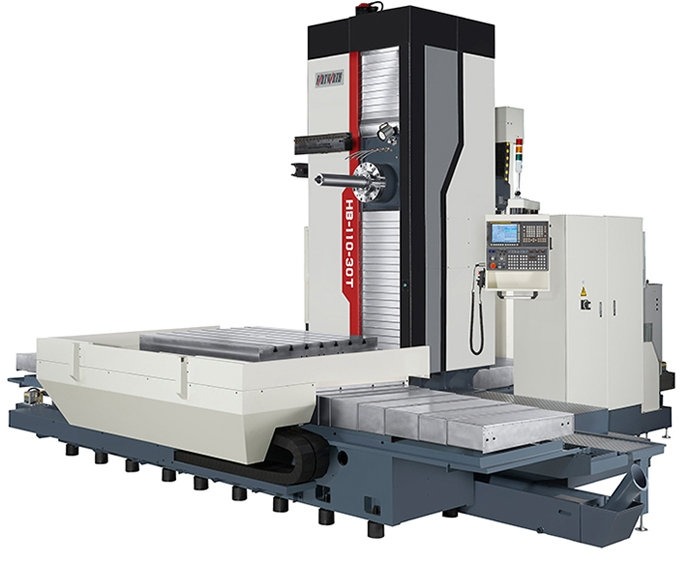
The enhancements in CNC boring measurement not only ensure superior part quality but also contribute to overall operational excellence.

